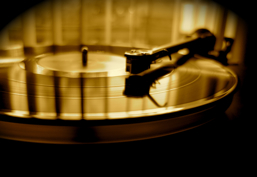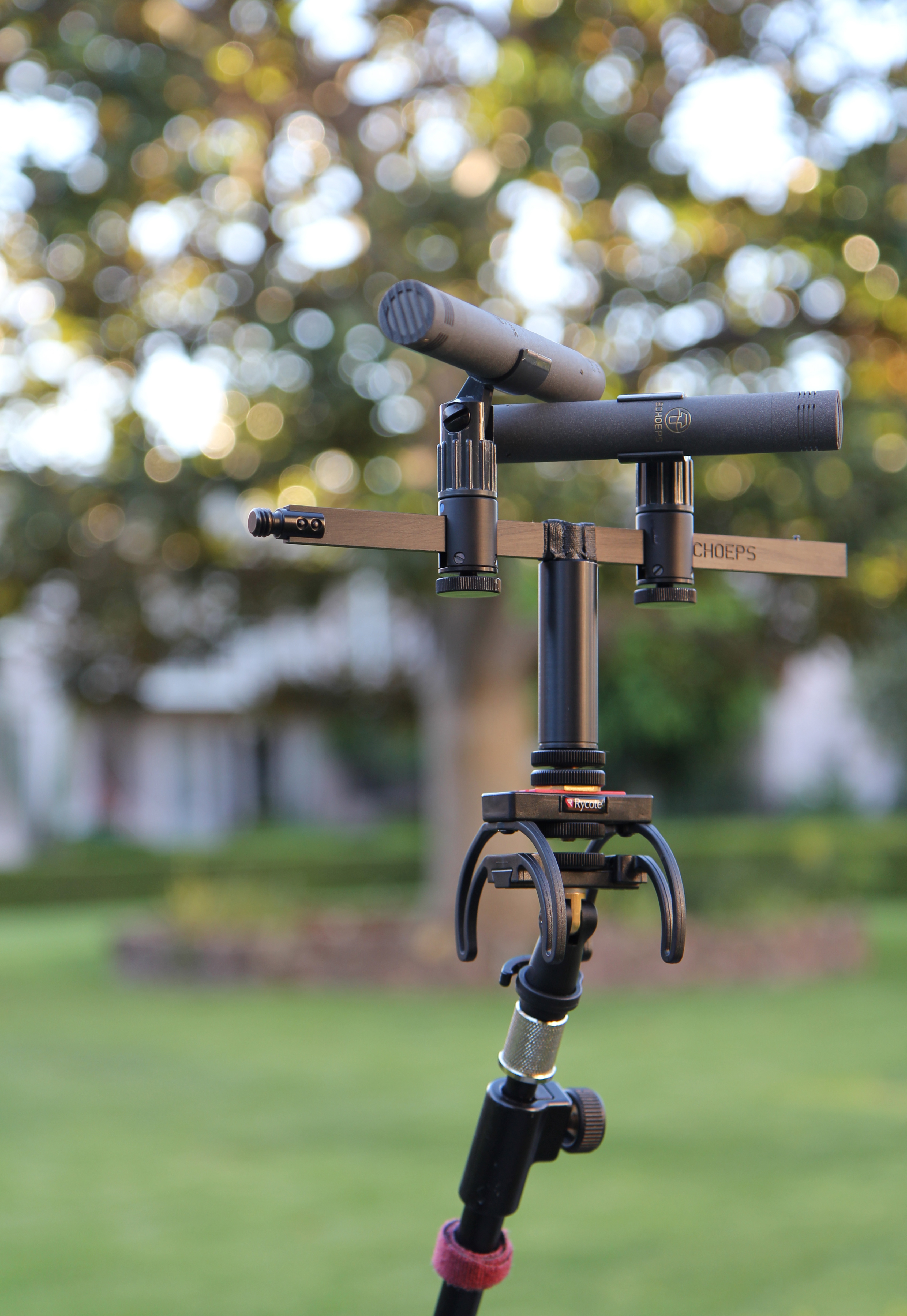
Green Mountain Audio Eos HX
photo by Vahan Baladouni
Associated Equipment:
Source: Macbook Pro running Pure Music with a large variety of recordings and resolutions.
Amplifier: Anthem MCA-2 class A/B
Computer interface: CI Audio Transient II USB to S/PDIF converter and VDC-5 MK II (power supply)
DAC: Crane Song Avocet DAC/Monitor controller (Discrete Class A)
Power: Shunyata Hydra 2 x 2 and power cables (various: copperhead, sidewinder VTX, Hydra VTX…)
Cables: Audio Magic Sorcerer speaker cable, Excalibur II interconnect, DH labs D-75 BNC to RCA, & Wireworld starlight USB
Eos HX
When you think of traditional speakers you often expect a wooden box of some type with drivers arranged inside. Not so with Green Mountain Audio’s Eos HX. In fact, no wooden cabinets here, except for the lovely Cocobolo wood that surrounds the tweeter. By taking a closer look it becomes evident that unique materials were used to build this speaker. The handcrafted Eos HX from Colorado Springs, CO combines artisanal workmanship with engineering refinement.

The Eos HX Tweeter surrounded by Cocobolo wood
photo from Green Mountain Audio
This HiFi meets steam punk design is the brain child of designer Roy Johnson. Mr. Johnson has spent years researching and developing a full range of speakers, and the Eos HX sits at the top of his 2-way designs. Never quite satisfied, the Eos has seen three iterations: the Eos, the Eos HD, and the latest being the HX.
These speakers are full of innovation. Starting with the Q-stone cabinet material, these monitors have a unique ability to be shaped in acoustically appropriate ways while also maintaining a low self resonance. The curved shape around mid/woofer allows for the fullest dispersion of sound, and the adjustable tweeter employs wool felt discs to eliminate early cabinet reflections. Without metallic resonances, the lightweight soft dome tweeter from Seas extends beyond 30Khz. The twin ports for the woofer have been specially designed to more efficiently handle bass pressure. What you end up with is a truly tuneful bass response with an excellent percussive attack.
The heart of the Eos HX is found in its crossover circuit. Through much refinement, Roy Johnson has arrived on a crossover design (1st order) that works at achieving time-coherence across the audible frequency range. Further sonic enhancements include Marigo internal wiring and Audio Magic nano stream process for the entire crossover circuit (including internal wire and binding posts). All these combined refinements further the speaker’s ability to reproduce nuances in the music.

The Eos HX rear with Vampire Wire binding posts
photo by Vahan Baladouni
Spending some quality time with the Eos HX proved to be very enlightening. While the bass extension rolls off around 50 hz, these 2 way compact speakers (6 inch mid/woofer and fabric dome tweeter) produce an even and smooth marriage between tweeter and woofer. The dual ported Eos HX maintain an accurate and satisfying extension of low-end, especially in smaller listening rooms. Recordings like Count Basie to more modern pop styles of Beach House were reproduced with greater resolution than I had previously heard. Even micro details were more readily heard, but never in an overhyped way. With such a natural sound reproduction of voice and instruments, I found myself hearing much deeper into recordings. The stereo image is quite amazing for a monitor of this size.
I cannot emphasize enough the emotional quality these speakers reproduce. All the attitude and inflection of singers were heard with an obvious transparency. listening to multiple voices proved to be very revealing, localization and distinctions from singer to singer became more obvious. When I turned my attention to percussion instruments like cymbals, the articulation of attack was easy to hear and subtle differences between strikes were apparent. Cymbals have never sounded so real and fully textured. Whatever the instrument, The Eos HX have an uncanny ability to reproduce it without adding to or smearing the sound. Most importantly, these speakers produced a highly musical and involving listening experience. Without reservation, I highly recommend auditioning the Eos HX.

Pure oxygen free copper directly gold-plated binding posts
Photo from Green Mountain Audio
Further information on Green Mountain Audio can be found here.
Happy Listening!





















